Party, Suspect, Defendant, or Witnesses
"Rule 3.6 prohibits "extrajudicial statements that the lawyer knows or reasonably should know will be disseminated by means of public communication and will have a substantial likelihood of materially prejudicing an adjudicative proceeding."."Rule 3.8(f) prohibits a prosecutor from making extrajudicial comments that have a substantial likelihood of heightening public condemnation of the accused."
"THEREFORE, plaintiff alleges that Nifong's foregoing actions constitute grounds for discipline pursuant to N.C. Gen. Stat. § 84-28(b)(2) in that he violated the Revised Rules of Professional Conduct as follows:."(a) By making statements to representatives of the news mediacommenting on matters including but not limited to those set forth in paragraphs 12-177, Nifong made extrajudicial statements he knew or reasonably should have known would be disseminated by means of public communication and would have a substantial likelihood of materially prejudicing an adjudicative proceeding in the matter in violation of Rule 3.6(a) and made extrajudicial statements that had a substantial likelihood of heightening public condemnation of the accused in violation of Rule 3.8(f) of the Revised Rules of Professional Conduct."
“The statements made between March 27, 2006 and April 3, 2006, were made at a time when no individual suspects had been identified”.“Defendant denies that the statements made in paragraphs 78 through 95 and 100 through 105 were made at a time that any individual suspects had been identified. Defendant admits the statements referenced in paragraphs 96 through 99 was made after the victim had identified individual suspects, but before any charges were filed.”.“Defendant admits that he made statements that he believed that a crime had occurred. However, defendant denies that he expressed his opinion about the guilt of any individual. Defendant denies that at the time the statements were made in paragraphs 78 through 95 and 100 through 105 that any individual suspects had been identified. Defendant admits the statements referenced in paragraphs 96 through 99 was made after the victim had identified individual suspects, but before any charges were filed.”
- Do the ethics rules in question apply, as Defendant Nifong suggests, only to individual suspects, or do they apply equally to multiple suspects?
- Do the ethics rules in question apply differently before and after indictment, before and after identification, or do they apply equally at all times?
Duke University Law Professor Thomas Metzloff, who serves as an advisory member to the North Carolina State Bar Ethics Committee, addressed the first question in an interview with The Chronicle
"My argument would be that there was an accused, and the accused was the Duke lacrosse team-a defined group of people, identifiable and defined by Nifong in having them all give DNA samples," Metzloff said. "There clearly was an accused in the sphere of the rule."
For insight into the second question, it is helpful to review comment [5] attached to Rule 3.6. The comment reads as follows with emphasis added to key points:
[5] There are, on the other hand, certain subjects that are more likely than not to have a material prejudicial effect on a proceeding, particularly when they refer to a civil matter triable to a jury, a criminal matter, or any other proceeding that could result in incarceration. These subjects relate to:
(1) the character, credibility, reputation or criminal record of a party, suspect in a criminal investigation or witness, or the identity of a witness, or the expected testimony of a party or witness;
(2) in a criminal case or proceeding that could result in incarceration, the possibility of a plea of guilty to the offense or the existence or contents of any confession, admission, or statement given by a defendant or suspect or that person's refusal or failure to make a statement;
(3) the performance or results of any examination or test or the refusal or failure of a person to submit to an examination or test, or the identity or nature of physical evidence expected to be presented;
(4) any opinion as to the guilt or innocence of a defendant or suspect in a criminal case or proceeding that could result in incarceration;
(5) information that the lawyer knows or reasonably should know is likely to be inadmissible as evidence in a trial and that would, if disclosed, create a substantial risk of prejudicing an impartial trial; or
(6) the fact that a defendant has been charged with a crime, unless there is included therein a statement explaining that the charge is merely an accusation and that the defendant is presumed innocent until and unless proven guilty.
Clearly, Rule 3.6 makes no distinction in ethical responsibilities before and after indictment. Further, not only does it specifically apply to both defendants and suspects, but it also extends to witnesses. It’s difficult to imagine that there would have been anytime when the lacrosse team, individually or collectively, would not have fit the description of either: “a party, suspect in a criminal investigation or witness” - as defined in comment [5](1).
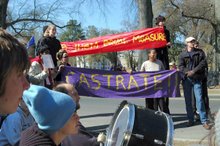




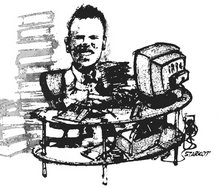
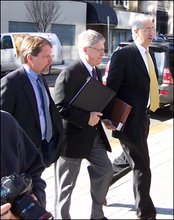
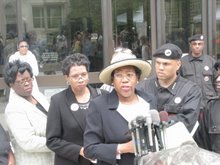
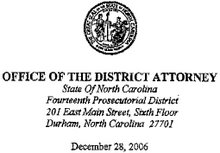
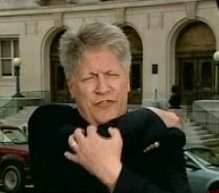

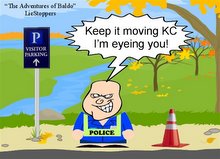

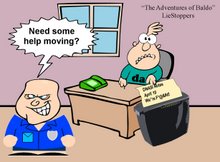

















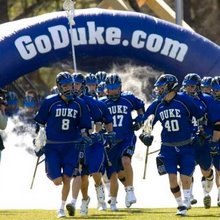

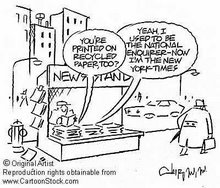

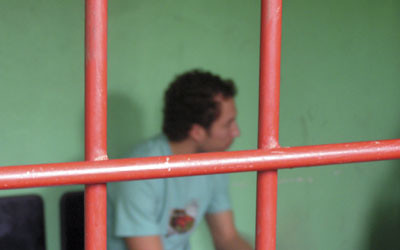


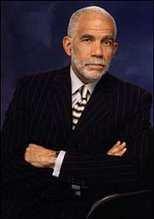
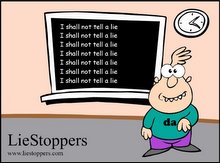






5 comments:
Great article. LieStoppers! Nifong keeps digging the hole deeper & deeper.
I am sure that Nifong's lawyer knew this and told Nifong. It really exposes how weak and transparent the defense is.
My favorite Shakespeare quote is "Cry havoc and let loose the dogs of war!" This is the advice I give to the NC State Bar and any prosecutor who goes after Nifong over his numerous and well-documented criminal acts. Good post.
Thanks Liestoppers!
Leaves me with a question:
1) Which, if any, of the 6 Subjects addressed in Comment [5] of Rule 3.6, did he NOT violate?
KPB, I'm drawing a blank, although subsection 6 of comment 5 could almost be considered harmless error in comparison to the other blatant violations of this canon.
Post a Comment